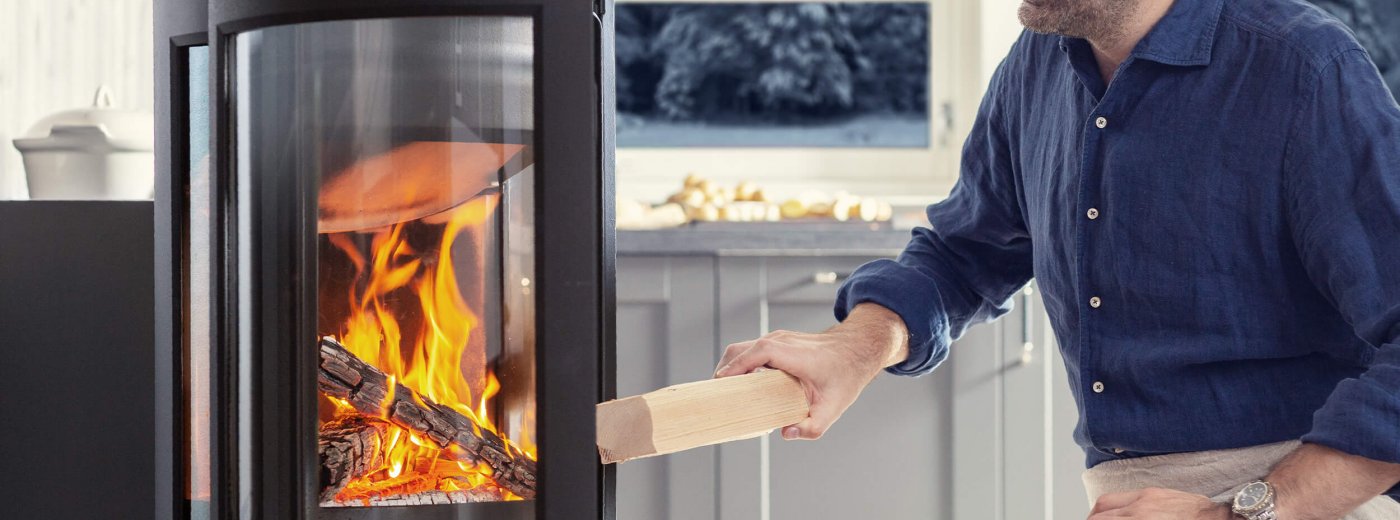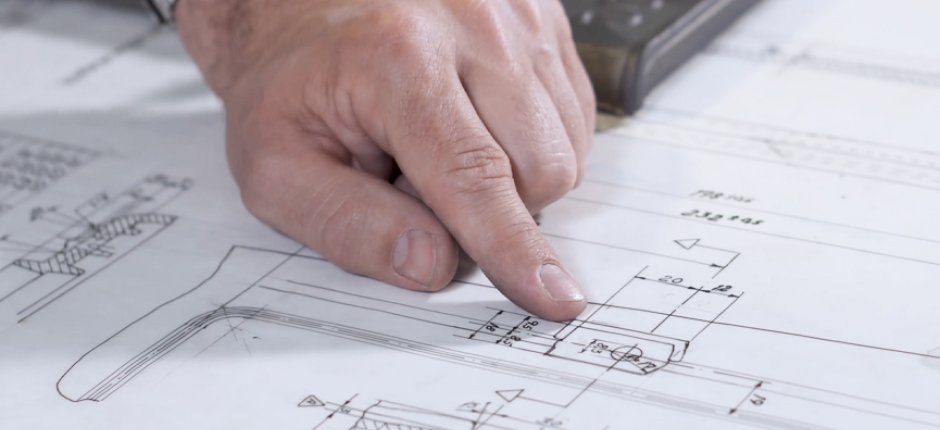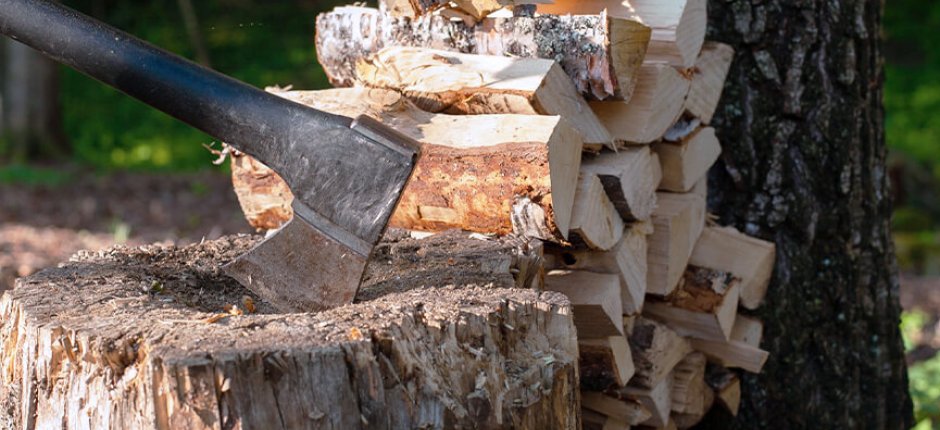The requirement from the EU/EEA for today's ECO design stoves is that they must not emit more than 5 grams of particles for every kilogram of wood burned - and with that have one of the world's strictest regulations related to particle emissions.
However, we in Jøtul have far higher climate ambitions than that, with stoves that emit less than half the statutory requirement.

The secret to success lies in the combustion process.
René Christensen, Jøtul’s Senior Vice President Sales and Marketing
When wood is heated, gases and particles are released. Old stoves release some of these straight up the pipe together with the heat, and have a low degree of efficiency. The principle of clean-burning stoves is that they are better insulated, which increases the temperature in the combustion chamber. In addition, newer wood stoves have a more optimized air system.
In addition, extra heated air (oxygen) is fed in just above the fire, which ensures that what would have been unburned gases and particulates in an old stove undergo combustion again. This results in lower emissions through the pipe, increases the efficiency and releases more heat into the room. It is these processes that we are constantly striving to improve in our research and development, in order to get closer to the optimal burn process.
René Christensen, Jøtul’s Senior Vice President Sales and Marketing
A brand for the environmentally aware
Christensen also highlights the fact that most people investing in a new wood-based stove or fireplace or replacing their old one are environmentally aware. This makes Jøtul the natural choice!
Jøtul takes responsibility for the climate
Ever since the statutory requirement for clean burn stoves and fireplaces was introduced in Norway, we have worked actively both in relation to authority initiatives and with organizations both nationally and worldwide to spread the message of the importance of clean burn.
Broad agreement amongst experts and environmental organizations
While wood-firing is undoubtedly a major contributory factor behind the challenges relating to airborne dust, there is broad agreement amongst both experts and environmental organizations in Norway that the solution lies in increasing the knowledge of how to fire correctly, replacing old stoves with new, clean burn wood stoves and fireplace stoves, or installing closed fireplace inserts in open fireplaces.
Common European regulations
From 1 January 2022, new requirements regarding emissions from stoves will take effect as a result of EU/EEA legislation concerning the environmental design of stoves - wood stoves with ECO design. According to Standards Norway, the requirements will cover emissions of particulate matter (PM), organic gaseous compounds (OGC) and carbon monoxide (CO). For the sake of the climate, we hope that strict requirements will be established which challenge us to maintain our focus on developing clean burn technology further.
Environmental awareness makes good financial sense too
It is vital to use fuel types in stoves and fireplaces which produce minimal emissions of particulates for a healthier climate - and that of course will be the principal motivation for most people to replace their old stove or fireplace. However, environmental awareness also makes good financial sense. Fuel costs will be considerably reduced because less heat disappears up the pipe and more is released into the room.
According to “Energismart” , a project run by Friends of the Earth Norway which aims to make it easier to make energy-smart decisions around the home, you will make the following savings with a clean burn stove:
- Where a traditional, non-clean burn stove only manages to utilize 50% of the wood for heat, up to 80% is utilized in a clean burn stove.
- A 40-liter bag of birchwood will theoretically produce 76 kWh. However, when burned in an old stove, it will release 39 kWh of heat into the home. In a clean burn stove, it will give off 60 kWh of heat into the home.
- This means that if you buy a fathom of wood (equivalent to 54 forty-liter sacks), you will produce 3,240 kWh in a clean burn wood stove. In an old stove, you will only produce 2,106 kWh and you will need another 29 sacks.
Clean burn Technology offers many benefits
However, the benefits do not stop there; the Chimney Sweep Service reports that minimal amounts of soot now have to be swept out of chimneys compared with previously. This is based on Norwegian experiences, but will of course also apply in any other country which uses wood as a fuel. If air-polluting substances which are released in one country can be transported via the atmosphere and contribute to poor air quality in neighboring countries, facing up to the challenges relating to airborne pollutants should be in everyone’s interest.
In other words, with our Clean burn Technology, you are contributing to both a cleaner environment and saving on your fuel bills, enabling you to enjoy the cozy warmth to the full.
See all our clean burn wood stoves



